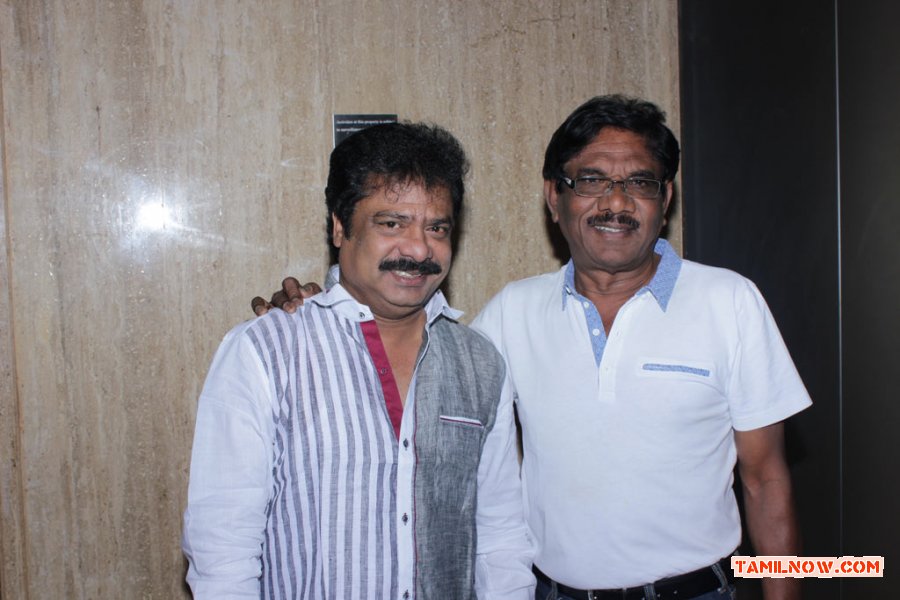


Nostalgic arguments about the technological blessings that the British have bestowed upon India often point to railways, roads and the like as pertinent examples of the benign character of their rule. In the context of colonial India, this can also be read as a reminder of the stubborn persistence of certain imperial ideologies, in particular those that fashioned such technologies into flagbearers of modernity and scientific progress, in the process also helping to insulate them to a certain extent from their more complex – and arguably messier – human dimensions. This is related to Greg Downey’s argument, in his study of the “hidden workers” of information internetworks, that, “aradoxically, the more the Internet grows in scale and scope, the more its virtual attractions obscure its physical foundation.” While the expanding technological networks of the nineteenth and early twentieth centuries, for example those enabled by railways and telegraphs, did not offer the “virtual attractions” of the contemporary Internet as such, it is nevertheless the case that these technologies, along with a host of others like dams, canals and roads, have often been more visible, both to historians and the general public, than the actual human workers who made them possible in the first place. 4f.).įrom the perspective of a history of technology and labour, there is, I would argue, another dimension worth considering here, one which the present book does not take into account. These have included a focus on individual, elite scientists – at the expense of broader communities of practice and their respective work cultures – as well as a preference for examining developments in these fields through the lenses of a colonial vs nationalist narrative that has obscured the state’s shifting engagement with science and technology in India in the first half of the twentieth century (pp. Yet, for all the contemporary hype surrounding this diverse and often romanticized professional group, research on its historical development remains relatively sparse and defined by a number of enduring paradigms that have also circumscribed the history of science, technology and medicine in South Asia more generally.

India, as Aparajith Ramnath reminds us in this timely book, is a country that “worships” engineers.


 0 kommentar(er)
0 kommentar(er)
